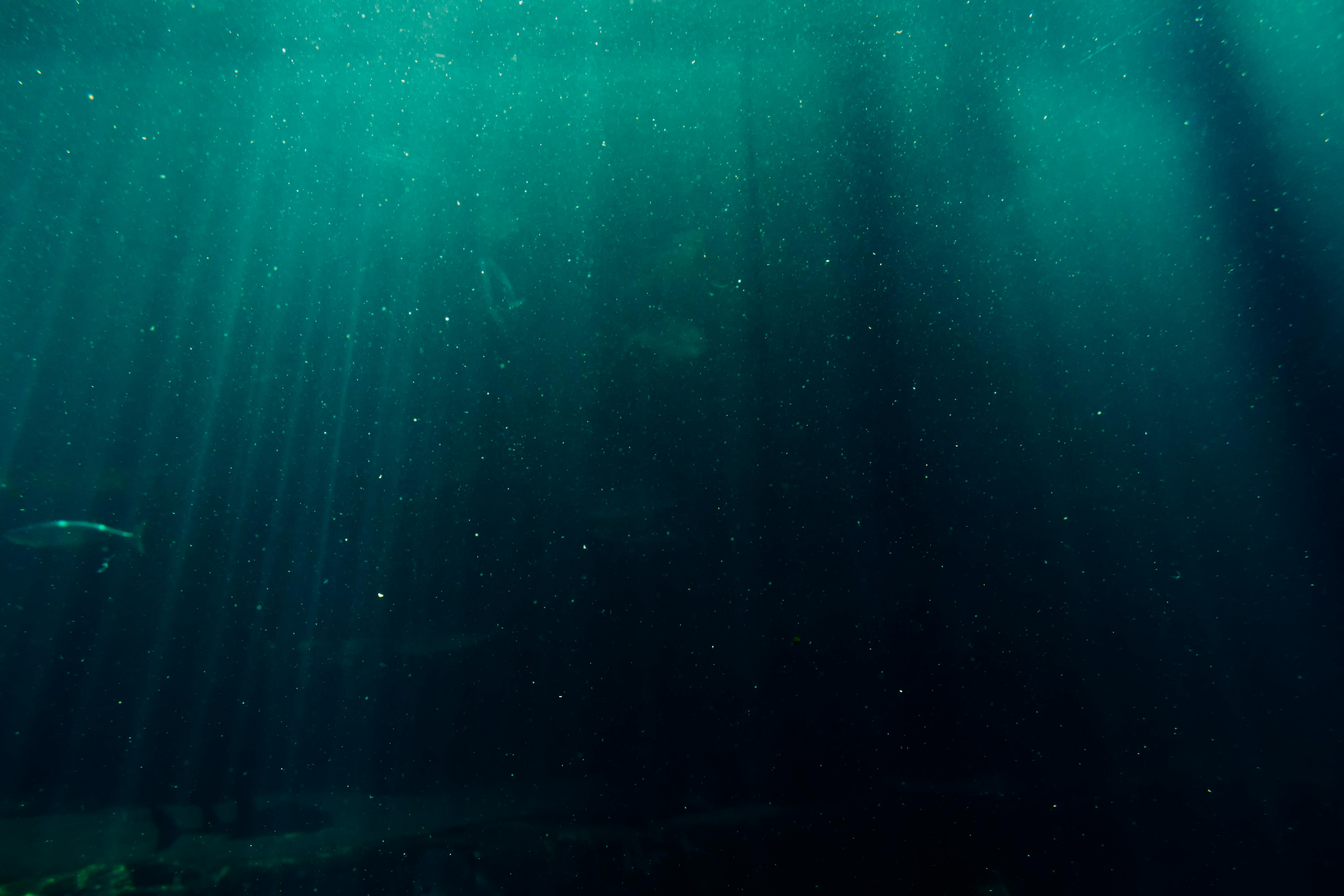Smart Ways to Perfect Your Small Saltwater Tank in 2025

Smart Ways to Perfect Your Small Saltwater Tank in 2025
Setting up a small saltwater tank can be an incredibly rewarding venture for any aquarist, whether you're a beginner or have years of experience. These compact ecosystems offer a unique opportunity to explore marine life while managing a manageable environment. In 2025, with advancements in technology and greater access to resources, caring for a small saltwater tank has become even more efficient and enjoyable.
This article focuses on essential tips and tricks for achieving success with your small saltwater tank setup, from selecting equipment and maintaining water parameters to choosing compatible fish and corals. We will discuss crucial aspects such as small tank filtration systems, maintaining salinity, lighting requirements, and much more. With the right knowledge, you can create a thriving miniature reef aquarium that showcases the beauty of the ocean.
Key takeaways will include practical advice on stocking density, nitrogen cycling, and expert recommendations for substrates and coral varieties. Let's dive into the world of small saltwater tanks!
Essential Equipment for Your Small Saltwater Tank
Creating an effective small saltwater tank setup starts with selecting the right equipment. This includes proper filtration systems, lighting fixtures, and monitoring tools to ensure a healthy aquatic environment. Understanding your small tank equipment is crucial in optimizing its performance.
Choosing the Right Filtration System
Filtration is an integral part of maintaining a healthy mini reef aquarium. The two primary types of filtration are mechanical and biological, both crucial for managing waste and maintaining water clarity. For small tanks, consider compact filtration systems that provide efficient flow without taking up too much space.
Active filtration systems equipped with protein skimmers are perfect for controlling organic waste and improving overall water quality. Combined with chemical filtration methods, such as activated carbon, these systems help stabilize parameters essential for small tank success.
Monitoring Water Parameters
Maintaining salinity and other water parameters is crucial in a small tank environment. Utilizing the best saltwater test kits available allows you to regularly check vital levels like ammonia, nitrate, nitrite, pH, and salinity, keeping your marine life vibrant and healthy.
Regular tests can preempt common issues in small saltwater tanks, preventing drastic shifts that could lead to stress and disease among inhabitants. Remember, stable water chemistry contributes significantly to fish health and overall tank biodiversity.
Lighting Requirements for Small Tanks
Proper lighting not only enhances the visual appeal of your small reef tank but also supports live coral growth and sustains photosynthetic organisms. Best practices include using LED light fixtures designed for small tanks, enabling you to adjust intensity and spectrum according to the needs of your specific coral species.
Make sure to research your chosen corals and their lighting needs, adapting your small tank lighting system accordingly for optimal growth and coloration! Failure to do so can result in unhealthy coral and compromised aesthetics.

Best Fish and Invertebrates for Your Miniature Reef
Stocking your small saltwater tank with compatible fish and invertebrates is essential to creating a balanced ecosystem. Understanding species compatibility and environmental needs will ensure a thriving and harmonious mini reef.
Best Fish for Small Saltwater Tanks
When selecting the best fish for small saltwater tanks, look for species that thrive in confined spaces. Popular choices include clownfish, gobies, and certain damsels, all of which adapt well to small tank conditions. These species are often reef-safe and create a vibrant dynamic in your aquarium.
Always ensure that you consider the behavior of saltwater fish, as social structures may vary between species. Proper stocking density is critical, so avoid overcrowding your tank to minimize stress and aggression.
Invertebrates for Small Saltwater Tanks
Incorporating invertebrates adds diversity and beauty to your miniature reef aquarium. Reef-safe small tank fish typically coexist well with invertebrates such as cleaner shrimp and hermit crabs, which can help manage algae and contribute to tank cleanliness.
Before adding any invertebrates, research their compatibility with existing fish and coral to prevent disruptive interactions. Some marine invertebrates have specific environmental needs, which must be met for them to thrive.
Choosing the Right Corals
When it comes to the best coral for small reef tanks, soft corals like zoanthids or leathers are ideal due to their resilience and low maintenance needs. These corals adapt well to smaller volumes of water compared to hard corals. It’s essential to select corals suited for your lighting conditions and water quality parameters.
If planning to keep hard corals, ensure that your tank is well-cycled with stable water conditions since they require more care in terms of water quality and lighting. Advanced techniques such as coral propagation can further enhance biodiversity in your small tank.
Maintaining a Healthy Environment in Small Saltwater Tanks
Maintenance is key to ensuring your small saltwater tank remains in pristine condition. Formulating a regular small saltwater tank maintenance schedule equips you with tools for successfully keeping water quality high and preventing common issues.
Water Changes and Salinity Management
Regular water changes are vital for removing toxins and replenishing essential minerals in your tank. Implementing a routine for water changes tailored to your small tank can aid in maintaining proper salinity levels. Recommended changes are around 10-15% every two weeks depending on the bioload.
Additionally, utilizing a quality salt mix for small tanks ensures optimal water chemistry and nutrient levels, contributing to the overall health of your aquarium's inhabitants.
Understanding the Nitrogen Cycle
The nitrogen cycle in small tanks is fundamental for establishing a healthy ecosystem. This biological process converts harmful ammonia from fish waste into less toxic nitrates. Understanding how to effectively manage this cycle is crucial to prevent ammonia spikes that can lead to distress in your marine life.
Monitoring your tank’s cycle, especially in the initial setup phase, aids in providing a stable environment which is critical for fish and coral alike. Patience is key – new tanks require time to establish proper biological filtration.
Common Issues and Troubleshooting Tips
In small saltwater tanks, common issues include algae blooms, diseases, and poor water quality. For algae management, utilizing effective algae-eating solutions can help keep your tank clean without compromising the diet of your fish.
When faced with saltwater aquarium diseases, identifying symptoms promptly and treating them with appropriate medicaments is essential, as small tanks can experience rapid changes compared to larger systems. Regular health assessments of marine life contribute to quicker problem-solving.

Aquascaping and Creating Habitats in Small Aquariums
Aquascaping small saltwater tanks is not just about aesthetics; it's about creating a thriving environment for marine life. Proper habitat customization can promote biodiversity and enhance interactions among your fish and corals.
Effective Aquascaping Techniques
Utilizing your space wisely through strategic rock placement, live plants, and coral arrangements is crucial in aquascaping. Incorporating live rock not only serves as a visual element but provides essential biological filtration while creating hiding spots for fish and invertebrates.
When designing your aquascape, consider the behavior of saltwater fish and their need for designated territories. Staggering heights within your setup can improve visibility and access for all the inhabitants.
Choosing the Right Substrate
Choosing substrate for small saltwater tanks affects both aesthetics and functionality. Fine sands promote beneficial bacteria coverage, while larger gravels can increase flow and oxygenation. Research the ideal substrate type for your intended tank inhabitants.
Avoid using substrates that may release unwanted materials into the water, as this can disrupt chemical resilience. Regular substrate cleaning is necessary to prevent waste accumulation, assisting in the overall maintenance of your small tank.
Promoting Biodiversity in Small Aquarium Systems
Diversity within your small aquarium can lead to a healthy balance of interactions between species. Take care to choose compatible tank mates and consider introducing a mix of fish, invertebrates, and corals which can coexist peacefully. This creates a vibrant ecosystem and enriches the viewing experience.
By understanding the dynamics of small tank ecosystems, you can enhance the overall health of your aquarium, balance species populations, and promote successful growth and visibility of all inhabitants.
Conclusion: Achieving Success with Your Small Saltwater Tank
Perfecting your small saltwater tank in 2025 involves proper planning, understanding the complexities of marine ecosystems, and regular maintenance. By focusing on the essential equipment, selecting compatible inhabitants, and implementing effective care strategies, you can create a thriving environment that resonates with the beauty and wonder of the ocean.
With patience and dedication, anyone can achieve success in the captivating world of small saltwater tanks! Equip yourself with the right knowledge, and your enjoyment of this hobby will only continue to grow.
```